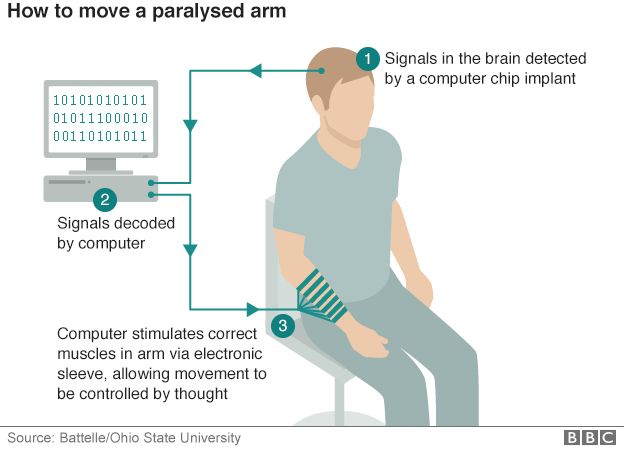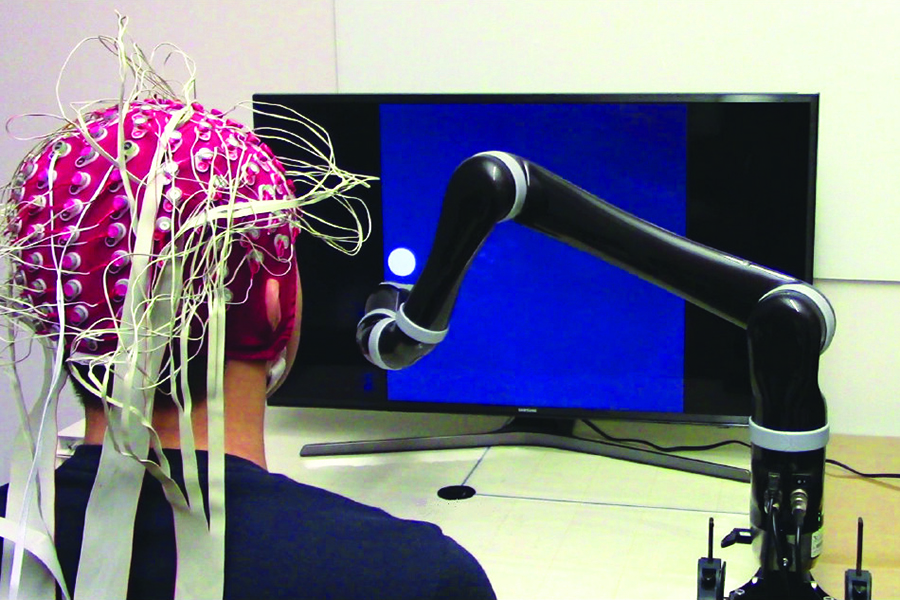There’s an app for that! Using your smartphone to test for Anemia.
I’d be willing to bet that if you were asked to list ten uses for your smartphone, you probably wouldn’t include “medical device” in your answer. But as smartphones become increasingly capable, highly-portable computing platforms, researchers are looking to the computer in everyone’s pocket as a way to improve global health.
As Wired UK declared earlier this year, the next revolutionary medical device is likely to be your smartphone. Scientists have already developed smartphone-based apps that can monitor asthma, detect skin cancer, and diagnose traumatic brain injuries. The latest app that joins the “doctor in your pocket” list is helping screen for anemia.
Anemia screening. No needle required.
Anemia is a blood disorder that results from a lack of red blood cells or dysfunctional red blood cells in the body. Patients with anemia, including those with leukemia and pregnant women, require regular screening. This can lead to frequent trips to a medical facilities for blood draws.
Imagine if you could simply take a picture of your finger with your smartphone and save yourself a trip to the doctor’s office. You would also be able to avoid an extra blood draw.
“Every time we draw blood, we are invading the patient in some way, shape or form. If we don’t already have a line in, we are sticking a needle into their arm, which involves discomfort and infection risk, albeit low,” stated Dr. Terry Gernsheimer, University of Washington School of Medicine. “It would be really nice to not have to perform a procedure every time we want to answer that question.”
HemaApp
Researchers from the University of Washington used a smartphone to create a portable, inexpensive device that can diagnose anemia. It’s called HemaApp and is an app that noninvasively estimates the blood hemoglobin concentration using the camera on a smartphone. HemaApp uses artificial intelligence to determine the concentration of hemoglobin by analyzing the color of the blood pulsing through your finger.
The research team, comprised of electrical engineers, computer scientists, and hematologists from the University of Washington, partnered with Seattle Children’s Hospital to develop HemaApp. HemaApp provides a way to screen for anemia and then flags patients that require more extensive testing.
According to Digital Trends, this research “won’t replace a finger prick and an actual blood test, but the program could be used to easily (and non-invasively) screen patients to determine whether or not additional testing is needed.”
“ In the developing world, screening for anemia is commonly used for assessing malnutrition,” said lead author and electrical engineering doctoral student Edward Wang. “Community health workers have so much specialized equipment to monitor different conditions that they literally have whole bags full of devices. We are trying to make these screening tools work on one ubiquitous platform — a smartphone. We developed HemaApp with the aim to reduce the overhead for providing cheap and noninvasive monitoring of anemia.”
Video credit: University of Washington.
The hardware system for HemaApp was designed with readily available, inexpensive components and a Nexus 5 smartphone. The team made no modifications to the front-facing camera on the Nexus 5, but did add external lighting.
According to Professor Shwetak Patel, “New phones are beginning to have more advanced infrared and multi-color LED capabilities. But what we found is that even if your phone doesn’t have all that, you can put your finger near an external light source like a common light bulb and boost the accuracy rates.”
The smartphone camera records 15 seconds of video. The data from this video is then analyzed to determine the concentration of hemoglobin as compared to the concentration of plasma in the blood. This is accomplished by analyzing the color of the blood in the images: the darker the red, the higher the concentration of hemoglobin. Their tests show that their device’s accuracy rival that of an off-the-shelf FDA-approved non-invasive anemia test.
Machine Learning with MATLAB
The researchers utilized machine learning to analyze the data. A separate support vector machine (SVM) regression was trained for three different light source combinations.
According to the research paper, “The SVM model is tested using a leave-one-subject-out validation. The training is done using the MATLAB implementation of SVM regression with a Gaussian kernel with default parameters, to avoid overfitting due to parameter tuning.”
In addition to using MATLAB for post-processing the data, MATLAB was also used to perform statistical analysis of the results. The results were very promising. The HemaApp performed as well as an FDA-approved commercial noninvasive anemia monitor, the Masimo Pronto.
A promising start
Their work received a “Best Paper” award last month at the Association for Computing Machinery’s 2016 International Joint Conference on Pervasive and Ubiquitous Computing (UbiComp 2016) in Germany. While this project is still in the research phase, the paper showed that it is possible to achieve the required accuracy using a smartphone.
The new technology needs to be able to account for different demographics, such as varied shapes of fingers and skin tone. The research team is continuing their work to ensure HemaApp will also work for people with different blood disorders such as sickle cell anemia.
“We are actively looking into how to make this robust enough to be used by a lot of different users and, most importantly, accurate even if the user doesn’t use the app perfectly,” states Wang.









评论
要发表评论,请点击 此处 登录到您的 MathWorks 帐户或创建一个新帐户。